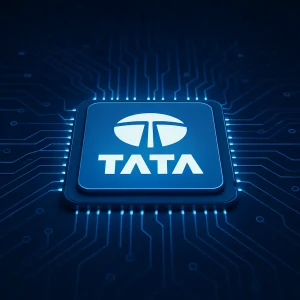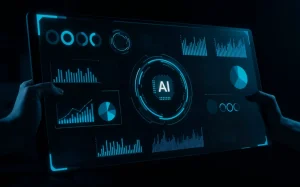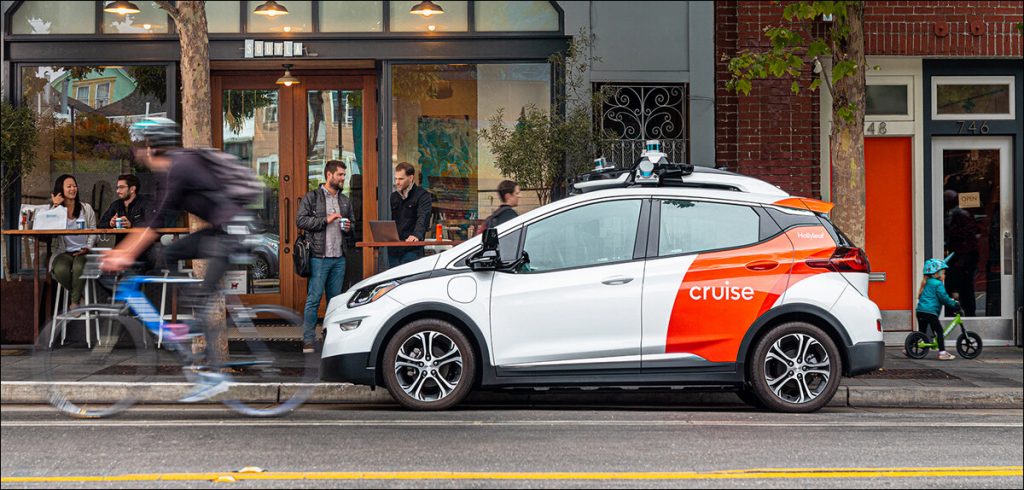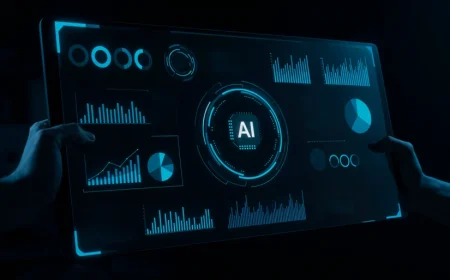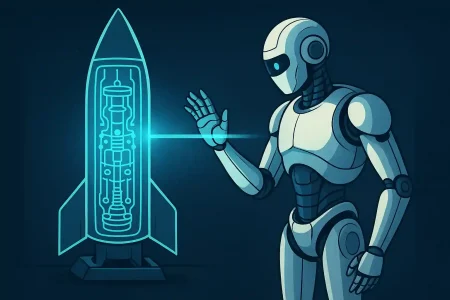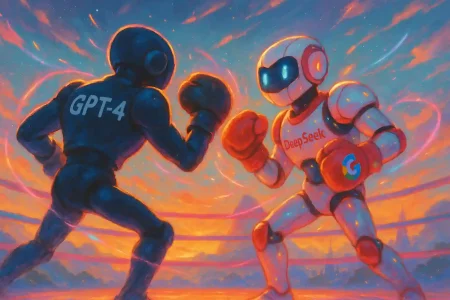With infrastructure in place, EVs can play a significant role in the future of autonomous vehicles, but there is a long way to go.
The Tesla Cybertruck is a significant automobile with a futuristic design and technological advancements. However, it is not as autonomous as its name suggests, as it is still majorly operated by a human driver. Elon Musk, the CEO of Tesla, is often hailed as the savior of the electric vehicle industry. However, he has also called for stricter regulations and a slowdown in the development of artificial intelligence (AI). He is also a victim of a system that is expanding faster than the regulations that could protect it.
Musk envisions a totally sustainable, electrified society, and it turns out Tesla’s self-driving technology plays a vital role in it: “Today, when a car is not being used, it sits idle in parking lots, doing nothing,” said Ashok Elluswamy, Tesla’s director of self-driving. “But if autonomy is unlocked, this car can go serve other customers instead of sitting idle. This fundamentally reduces the need for mass manufacturing, because each car is being used much more.”
Explained and tested: Tesla’s ‘self-driving’ Autopilot | CAR Magazine
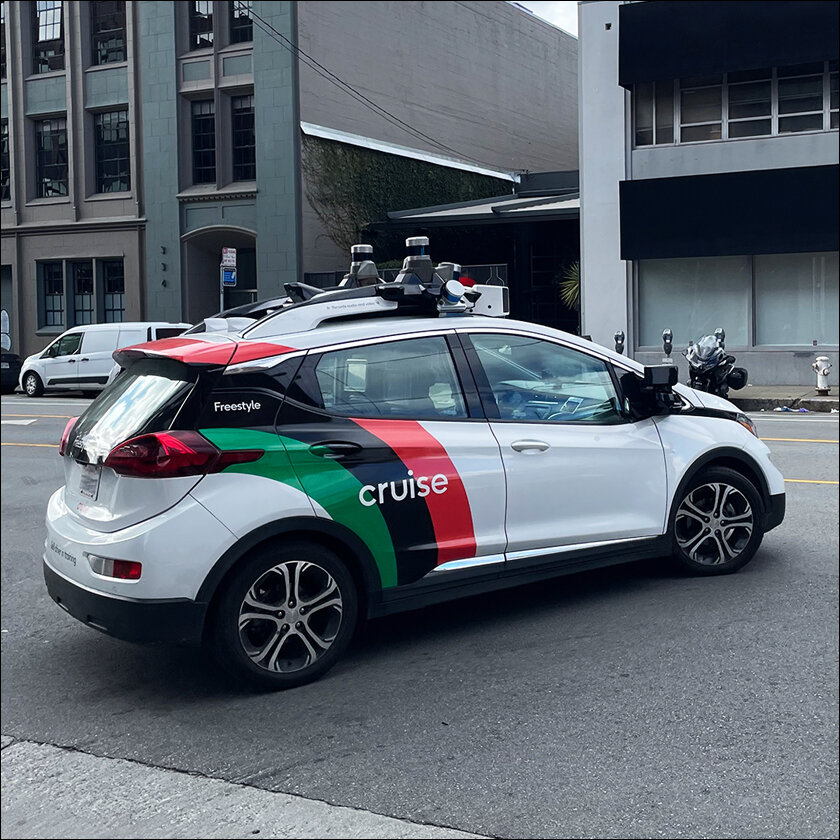
Meanwhile in California, they have suspended the operations of driverless vehicles operated by the General Motors subsidiary Cruise in the city of San Francisco. The suspension comes just two months after the state began allowing the robotaxis to pick up paying passengers around the clock. The suspension stems from a gruesome incident on October 2, in which a human-driven vehicle hit a female pedestrian and threw her into the path of a Cruise car. The driverless Cruise car struck her, came to a stop, and attempted to pull over, dragging her approximately 20 feet. This feels just like the tip of the iceberg.
Let’s explore a bit more about Auto-drive
Cruise control is very popular among highway/motorway drivers as it helps them maintain a set speed on the road.
Cruise control however is a relatively simple system that uses a governor to maintain a constant speed, it also does not stop the car in reference with the car in front or alongside the road or responds to different variances on the road. The governor is a device that senses the vehicle’s speed and adjusts the throttle accordingly. Cruise control can be engaged and disengaged by the driver, and it can be set to a desired speed. In other words its not sensor or response driven.
Autopilot is a much more advanced system that automatically controls the steering, acceleration, parking and braking of a vehicle. Autopilot is typically used on highways, and it can help drivers to maintain a safe following distance, stay in their lane, and avoid obstacles. Much like a plane, Autopilot can be engaged and disengaged by the driver, and it can be turned off if the driver needs to take control of the vehicle. Autopilot can extend decisions to roundabout etc, signals, following navigation in the advanced versions.
Autopilot has the ability to use sensors to detect obstacles and other hazards, and it can adjust the vehicle’s speed and steering accordingly. Cruise control, on the other hand, does not use sensors, so it cannot detect obstacles or hazards.
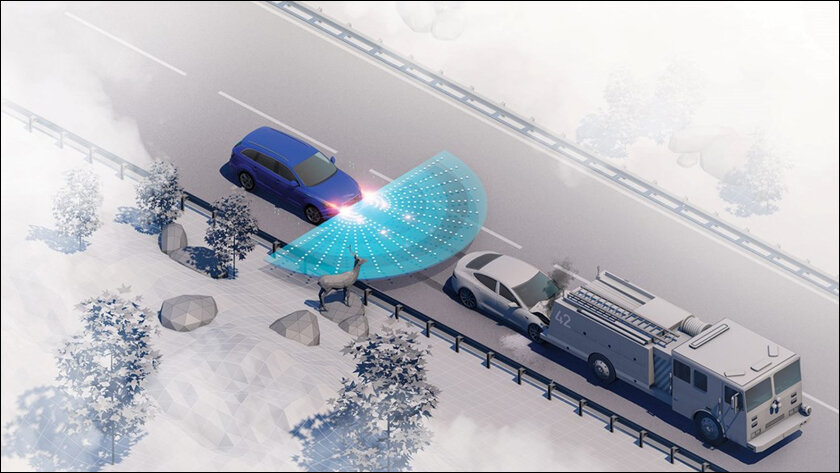
There are five levels of autonomous vehicles.
Level 0 and Level 1: Level 0 is basically no automation whatsoever, not even cruise control. Level 1 features a system that can assist with steering or braking, but not simultaneously.
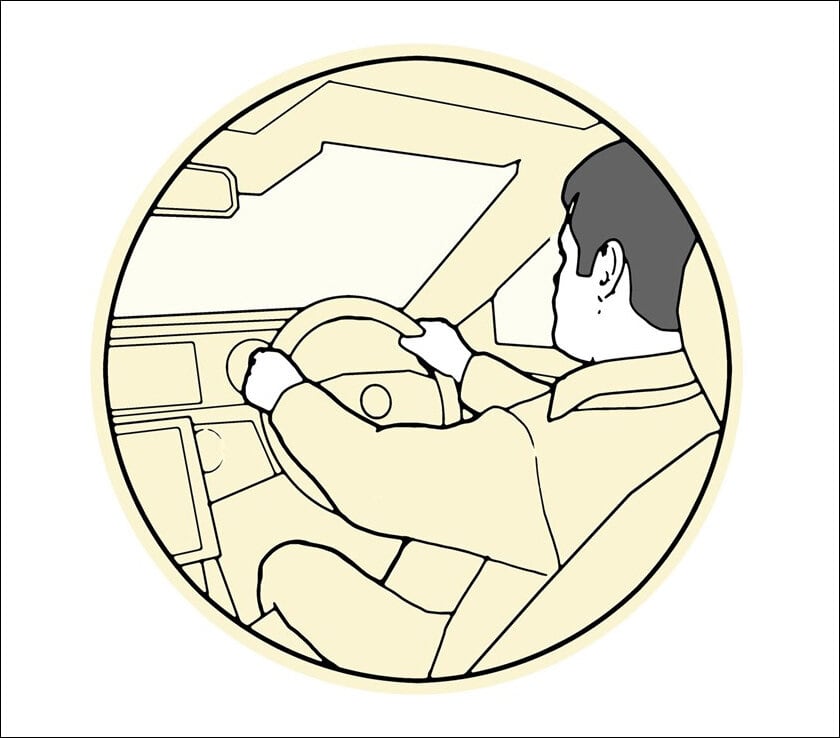
Level 2: It has partial automation, but the human must pay full attention and have their hands on the steering wheel.
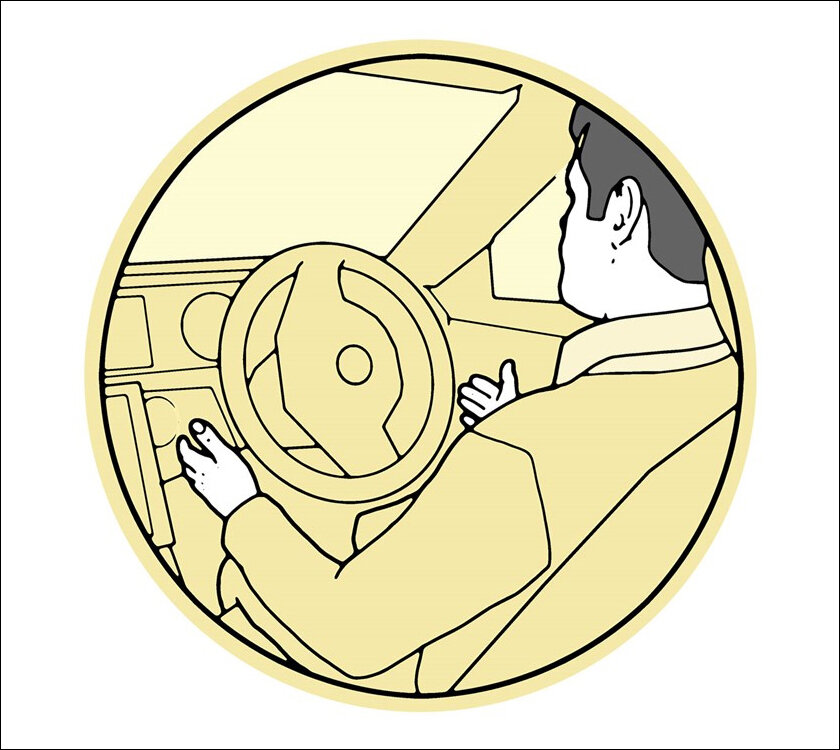
With level 3, the vehicle can perform all aspects of driving under some circumstances but the human must be ready to take over. The SAE calls Level 3 ‘conditional automation’ – a specific mode which lets all aspects of driving be done for you, but crucially the driver must be on hand to respond to a request to intervene. Audi calls its A8 a ‘Level 3 ready’ autonomous car and the BMW 7-series is launching hands-off motorway cruising – meaning the car has the potential to drive itself in certain circumstances, where it will assume control of all safety-critical functions.
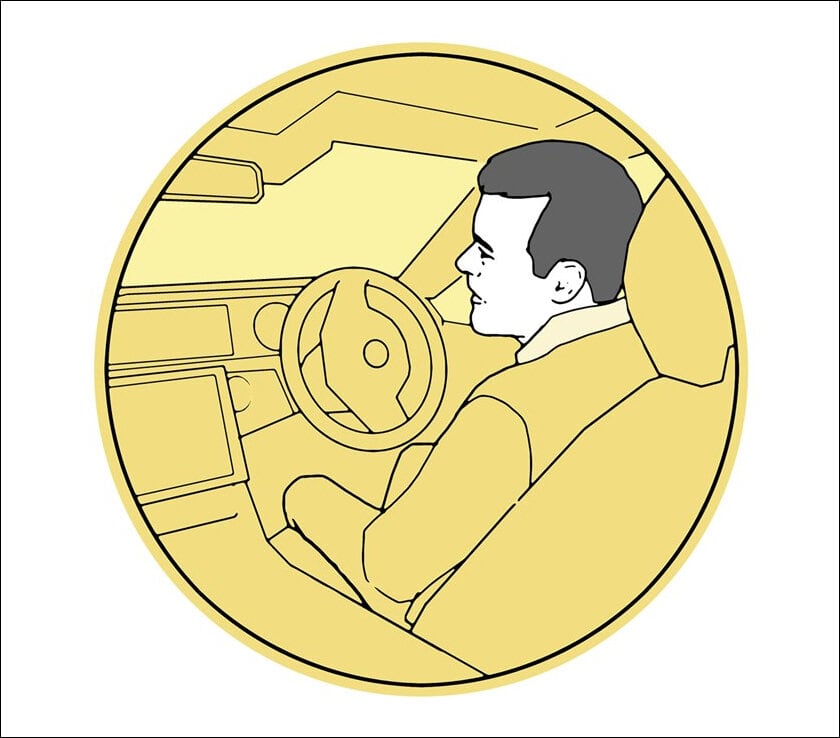
Level four:
This level is highly advanced, and the vehicle can perform a wider range of driving tasks in a variety of conditions. In this case, the vehicle may not resemble a traditional car and would be used primarily for rental purposes.
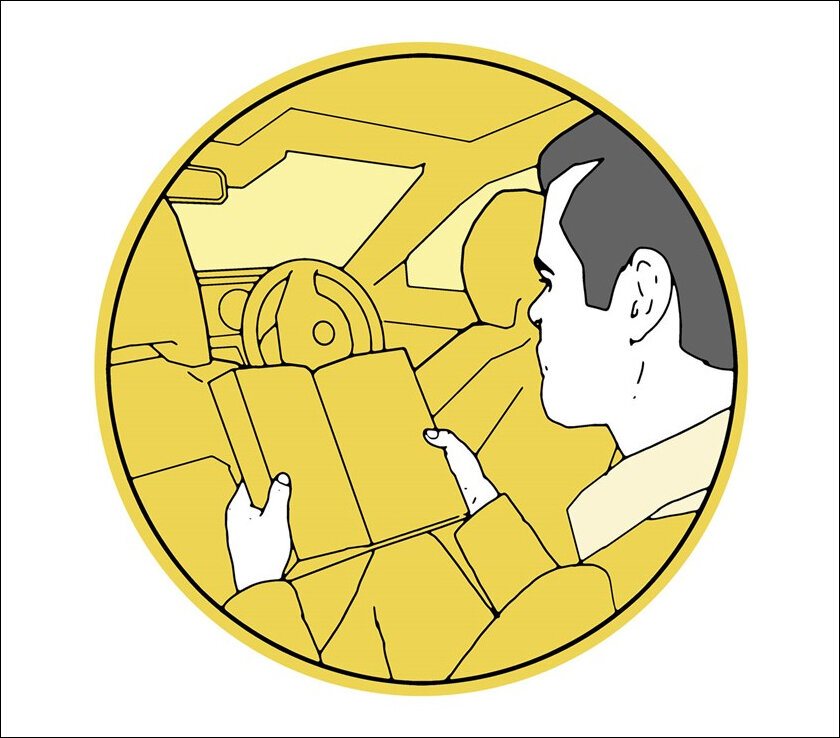
Level five is full automation. The human is just a passenger where the car will be fully autonomous, anywhere. Driver would be optional. Much like how we use trains, but would just be personal.
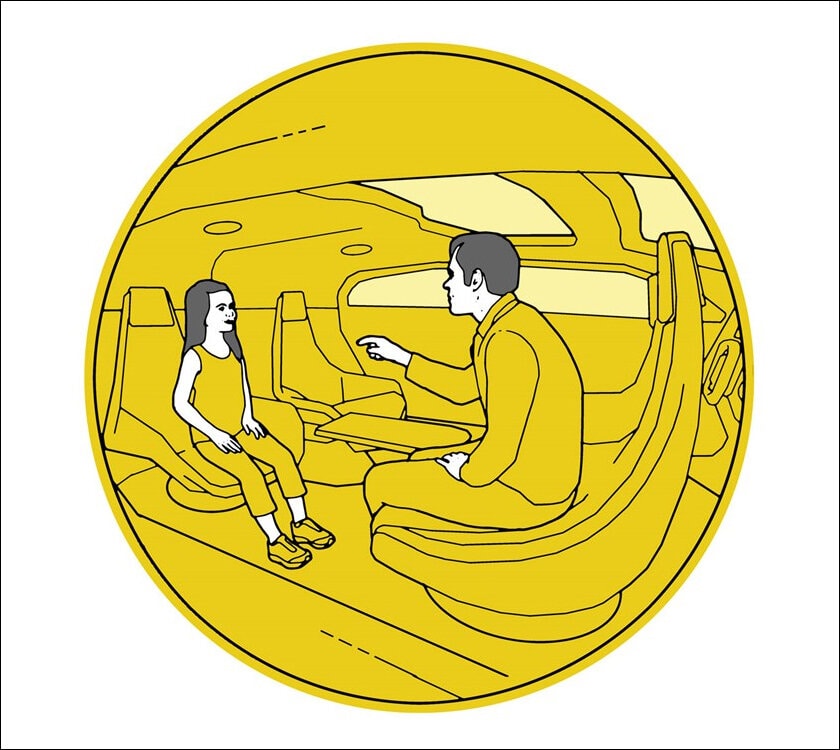
Auto-drive and AI
In the second act of the new X-Men film Logan, there is a scene that solidifies the superhero film’s futuristic setting. Our heroes, on the run from the villainous Reavers, come across a car accident in the Midwest. An autonomous truck has collided with a horse trailer, and with no one at the wheel, it is unclear what caused the accident.
In another film, Leave the World Behind (spoiler alert!), a fleet of Teslas loses control (where an autopilot feature is hacked in) and nearly kills Roberts’s character during apocalyptic conditions.
The Fate of the Furious included the “Zombie Cars” sequence makes a rain of vehicles a more engaging sight to behold. While hacking self-driving cars is not that easy, it was quite a plausible sight.
On one hand, Elon Musk is urging for a slowdown in the development of AI, but on the other hand, he is using the technology at full speed to develop self-driving capabilities for Tesla cars. This has the potential to revolutionize transportation. Whether it be X-Men or Zombie cars, there is a strong possibility that such technology will become available. While plane autopilots have not received such a negative reputation, self-driving cars take it a step further and could potentially eliminate the need for pilots in air travel within the next 30 to 50 years.
AI, on the other hand, can offer information and take action to prevent accidents, avoid obstacles, check blind spots, and conduct other basic safety checks for drivers.
Potential benefits
- Reduced congestion: Potentially to reduce congestion by coordinating the movement of vehicles.
- Improved efficiency: Help to improve the efficiency of transportation by reducing fuel consumption and emissions.
Challenges
- Safety concerns: There are concerns that auto-drive systems may not be as safe as human drivers.
- Privacy concerns: AI systems can collect and use a large amount of data, which raises privacy concerns.
- Job displacement: Auto-drive systems could potentially displace human drivers which may be difficult to find if replacement is needed.
Auto-drive success so far
Autonomous cars are set to transform the automotive industry and wider society in the coming decades, creating disruption in various sectors. To secure the UK’s place in the development space, engineering consultancy Arup and a variety of stakeholders are trialing various technologies, with many of the technologies to be real-road tested in Milton Keynes and Coventry later in 2017.’ Cut to 2023.
‘The laws being prepared by the Conservative government will usher in fines for companies whose self-driving cars are found to be at fault in the event of an accident; drivers will be given immunity from prosecution. ‘While the vehicle is driving itself, a company rather than an individual will be responsible for the way it drives,’ the government said.’
The UK’s Automated Vehicles Bill: what you need to know | CAR Magazine
Delivery pods and drones are becoming more popular as a way to deliver goods and services. They offer a number of advantages over traditional methods of delivery, including speed, accuracy, and convenience and can be used to deliver goods to customers at all hours of the day or night, which can be convenient for customers who are busy or who live in remote areas. Often, they are more accurate than traditional methods of delivery, as they can be programmed to navigate specific routes and avoid obstacles.
Penetration of auto pilot / auto drive cars in various countries
To improve auto drive facility, the electric car market requires mass-market models to increase EV penetration. According to a report by Bain & Company, India needs to increase EV penetration from its current 1.5% to over 20% by 2030.
Penetration rate of light autonomous vehicles (L4) worldwide in 2021, with a forecast through 2030.
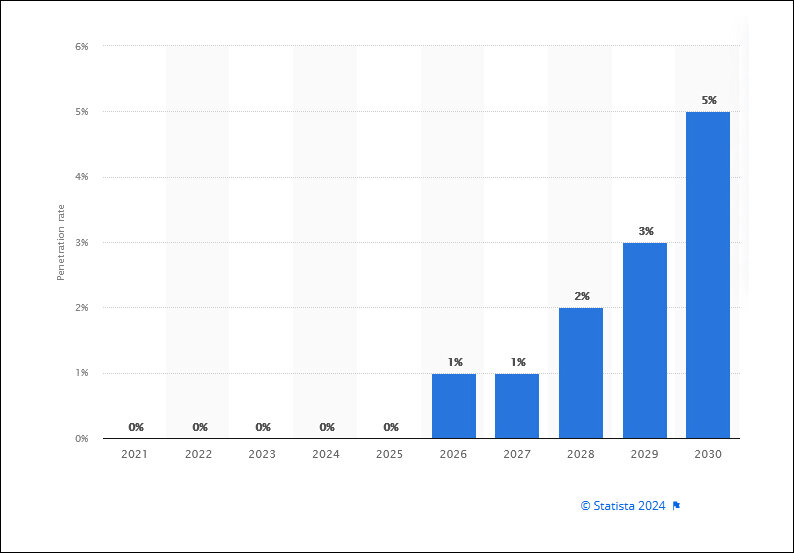
KPMG study indicates that the penetration requires key aspects to promote EV and hence autodrive capabilities including Policy, Infrastructure, Acceptance and Pace of innovation.

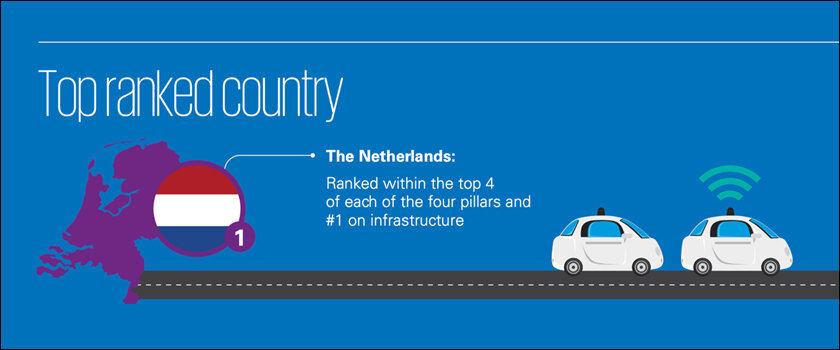
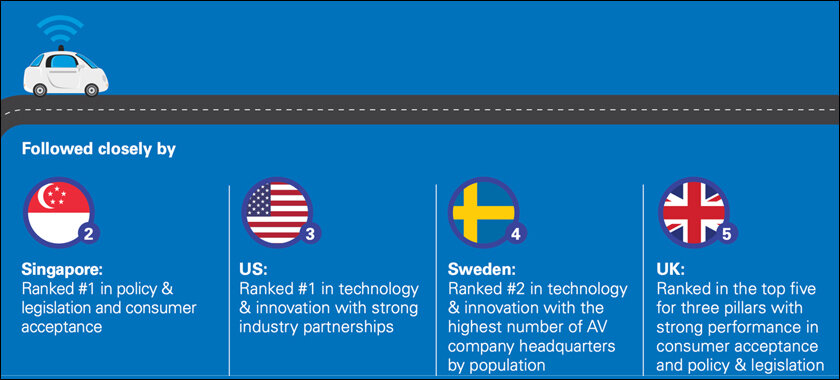
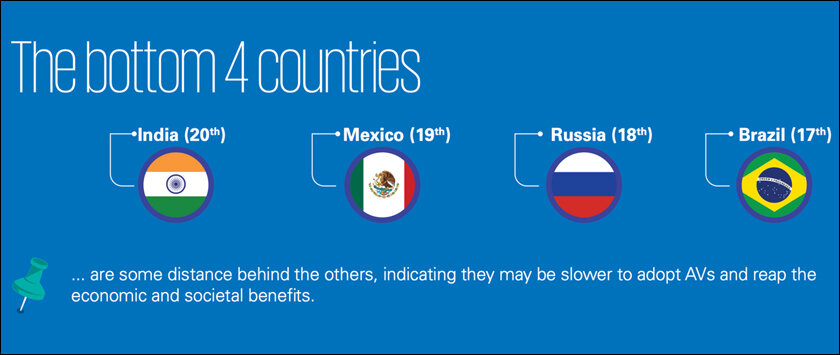
With this the top ranking country is Netherlands where the infrastructure helps in the penetration while India features in the bottom 20.
Autodrive future success
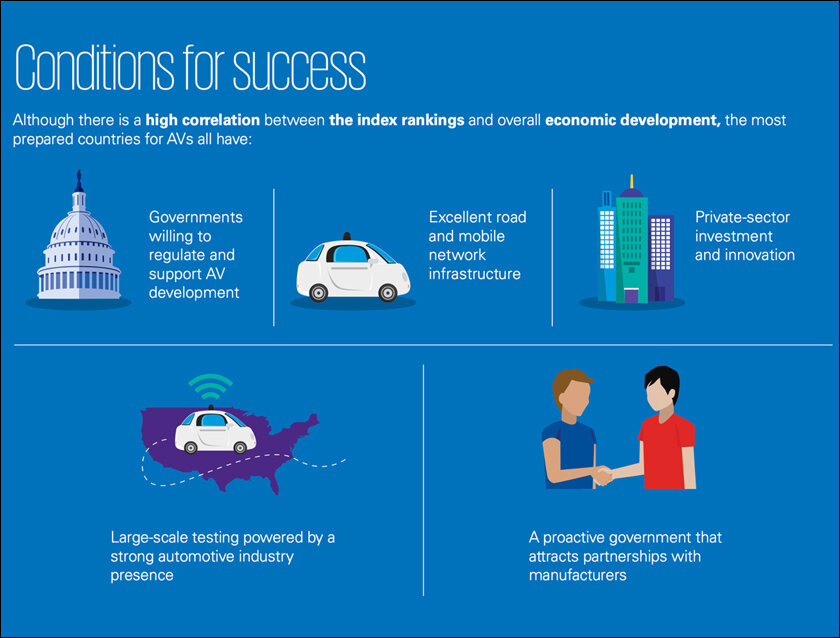
In addition to the points mentioned above, there is still much work to be done to understand the conditions under which self-autonomous vehicles will operate and how they will coexist with human-driven vehicles.
A group of self-driving cars became stuck in a traffic jam that blocked the entire street as they all attempted to figure out what to do next. What was even more amusing was that the driverless cars began honking at one another. This causes a huge safety hazard if emergency vehicles were to pass. There is plenty of testing that needs to be done before the cars are rendered fit for the road.
The future success of autonomous vehicles largely depends on the penetration of electric vehicles (EVs).
As the number of EVs on the road increases, the infrastructure for supporting them will also need to increase. This includes the development of charging stations and the creation of policies that support the use of EVs.
With the proper infrastructure in place, EVs can play a significant role in the future of autonomous vehicles, but there is still a long way to go.
In case you missed:
- None Found
